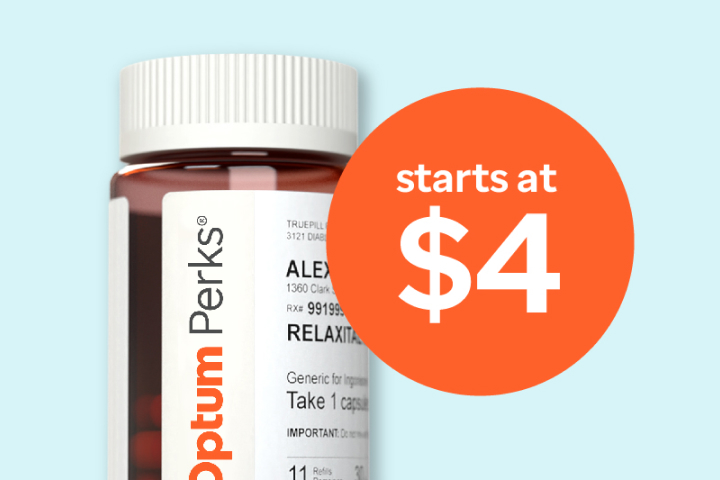Anxiety can cause many symptoms, both mental and physical. One symptom that might cause you concern is chest pain. In fact, several symptoms of anxiety and panic attacks can mimic those of a heart attack. But an anxiety attack isn’t life threatening, and you don’t need to go to a hospital.
You can learn the differences and other symptoms to help you understand what you’re experiencing, but if you have unexplained, sudden, or extreme chest pain, seek immediate medical attention. It could be an emergency.
Anxiety and chest pain

Anxiety is your mind and body’s reaction to stressful, unfamiliar, or dangerous situations. You may mainly associate anxiety with psychological symptoms like racing thoughts, but it often also has physical symptoms, like a fast heartbeat and sweaty palms.
Chest pain can also be a symptom of anxiety. It often accompanies a panic attack. A panic attack is an abrupt episode of intense fear with no apparent cause that can trigger severe physical reactions. The symptoms of a panic attack may include:
- chest pain and shortness of breath
- racing heart
- dizziness
- sweating
- sense of impending doom
- nausea
- chills or hot flashes
What’s more, some 2022 research finds that people who experience non-heart-related chest pain who also have generalized anxiety disorder or panic disorder have worsened chest pain symptoms and a lower quality of life.
Panic and anxiety attack symptoms can feel very similar to those of a heart attack, and panic attacks are often mistaken for heart attacks. But the chest pain you feel during a panic or anxiety attack is generally not due to your heart, so it doesn’t lead to a heart attack or heart failure.
If you know you have an anxiety disorder and experience chest pain alongside other symptoms, it’s unlikely to represent a medical emergency that needs treatment at the hospital.
Chest pain and other conditions
When there is a reduction in oxygen-rich blood flow to your heart, you might experience a type of chest pain known as angina. This pain is usually a symptom of another condition like coronary heart disease (CHD), also known as ischemic heart disease.
People commonly describe this type of chest pain as feeling like a heavy weight or pressure on their chest. The discomfort is also sometimes described as a fullness or burning sensation. But the way the chest pain feels can vary and be different from person to person.
Along with chest pain, you may also experience:
- pain radiating to other areas, such as your jaw, neck, arms, shoulder, back, or stomach
- shortness of breath
- dizziness
- fatigue
- sweating
- nausea
- a sense of anxiety, uneasiness, or impending doom
Interestingly, a link between coronary heart disease and mental conditions like anxiety is likely.
Anxiety is common in people with CHD, and some research suggests that anxiety disorders can lead to developing CHD.
Other research finds that chest pain increases the risk of experiencing anxiety and depression in people with CHD, whereas anxiety symptoms are less likely to affect the risk of chest pain.
In addition to angina or anxiety, other conditions can cause chest pain. These include:
- narrowing of the heart’s aortic valve (aortic stenosis)
- blockage in a lung artery (pulmonary embolism)
- tearing of a major artery (aortic dissection)
- heart muscle disease (hypertrophic cardiomyopathy)
- inflammation in the tissues that surround the heart (pericarditis)
- inflammation of the tissue separating your lungs from your chest wall (pleurisy)
- lung infection (pneumonia)
Unlike anxiety, these conditions may be a medical emergency. Go to your nearest emergency room or call 911 to seek urgent care.
Telling the difference
It can be challenging to distinguish between an anxiety attack and other causes of chest pain, especially because emotional distress can also increase the amount of oxygen the heart requires and trigger angina. There are also a lot of shared symptoms between anxiety and angina, so it may be difficult to tell on symptoms alone.
However, some symptoms are specific to different conditions. For example, with angina, the pain may radiate to other areas of your body. With anxiety, it’s more likely to stay in your chest. You may also know that you have been feeling anxious or stressed recently, so the chest pain is likely associated with anxiety.
Experience can also help differentiate the causes. For example, if you’ve had a previous diagnosis of either angina or an anxiety disorder, you may recognize the discomfort as fitting your diagnosis or what triggers your symptoms.
In the case of sudden chest pain, seek medical help right away. A doctor can run several tests, including an electrocardiogram and a blood test called a troponin test, to look for signs of heart damage. These tests are the most definitive ways to distinguish the conditions.
Treatments
If you have chest pain caused by anxiety, you have several options for treatment.
To treat panic attacks, doctors may suggest cognitive behavioral therapy. This treatment can help you understand fears or situations that may trigger a panic attack, which will, in turn, help reduce the risk of chest pain.
Medical professionals may also recommend medications such as:
- Antidepressants called selective serotonin reuptake inhibitors, such as sertraline (Zoloft), paroxetine (Paxil), and fluoxetine (Prozac).
- Antidepressants called serotonin and norepinephrine reuptake inhibitors, such as venlafaxine (Effexor) and duloxetine (Cymbalta).
- Benzodiazepines, such as clonazepam (Klonopin) and alprazolam (Xanax).
Doctors may also suggest certain lifestyle changes, such as:
- learning relaxation and stress management techniques
- avoiding alcohol, recreational drugs, smoking, and caffeine if necessary
- getting enough sleep
- increasing physical activity
If you need help covering the cost of medications, the free Optum Perks Discount Card could help you save up to 80% on prescription drugs. Follow the links on drug names for savings on that medication, or search for a specific drug here.
